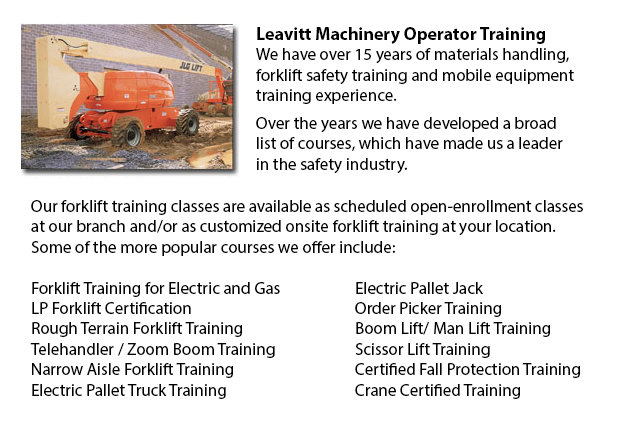
Boom Lift Certification Marysville - The use o elevated work platforms allow for maintenance operations and work to be done at elevated work heights that were otherwise not reachable. Workers using boom lifts and scissor lifts could learn how to safely operate these machines by getting boom lift certification training.
When work platforms are operated unsafely, they have the potential for serious injury and even death, regardless of their lift style, application or the site conditions. Falls, electrocution, crushed body parts, and tip-overs can be the tragic result of wrong operating procedures.
To be able to prevent aerial lift accidents, boom lift operators need to be trained by workers who are qualified in the safe operation of the specific type of aerial lift they will be utilizing. Aerial lifts must not be be altered without the express permission of the manufacturer or other recognized entity. If you are leasing a lift, ensure that it is maintained correctly. Prior to using, controls and safety devices need to be checked to ensure they are correctly working.
Operational safety procedures are vital in preventing incidents. Operators should not drive an aerial lift with the lift extended (although some are designed to be driven with an extended lift). Always set brakes. Set outriggers, if available. Avoid slopes, but when needed make use of wheel chocks on slopes that do not go beyond the slope limitations of the manufacturer. Follow weight and load limitations of the manufacturer. When standing on the platform of boom lifts, make use of a safety belt with a two-foot lanyard tied to the boom or basket or a full-body harness. Fall protection is not required for scissor lifts which have guardrails. Do not climb or sit on guardrails.
The boom lift certification course provides instruction in the following areas: training and certification; safety tips in order to prevent a tip-over; slopes and surface conditions; checking the travel path & work area; stability factors; other guidelines for maintaining stability; weight capacity; leverage; testing control functions; pre-operational inspection; mounting a motor vehicle; safe operating practices; power lines and overhead obstacles; safe driving procedures; using lanyards and harness; PPE and fall protection; and preventing falls from the platform.
When successful, the trained worker will be familiar with the following: pre-operational inspection procedures; training and authorization procedures; how to avoid tip-overs; factors affecting the stability of boom and scissor lifts; how to use PPE, how to utilize the testing control functions and fall prevention strategies.
-
Manlift Safety Training Marysville
Manlift Safety Training Marysville - It is important for experienced Manlift operators to be aware of the connected hazards which come with particular types of scissor lifts. They must be able to operate the scissor lift in a way that protects not on... More -
Forklift Operator Certification Marysville
Forklift Operator Certification Marysville - Forklift operator certification is normally required for employees working in industrial, warehouse or construction environments to guarantee the safe utilization of forklifts. Workplace training need to f... More -
Crane Training School Marysville
Crane Training School Marysville - The crane training school offers industry-relevant programs. Courses provide trainees with learning outcomes that match present industry demands. Our small class sizes combine hands-on experience and theory. Our ind... More -
Heavy Equipment Training Marysville
Heavy Equipment Training Marysville - Normally, the different kinds of heavy equipment training are divided into 2 categories of machines: those that have rubber tires and tracked vehicles. Tracked vehicles comprise items like cranes, bulldozers and... More -
Counterbalance Forklift License Marysville
Counterbalance Forklift License Marysville - Forklifts, when operated by fully trained workers, are a major advantage to companies. We provide a thorough training program covering all aspects of operating a powered lift device. Counterbalance forklif... More -
Boom Lift Safety Training Marysville
Boom Lift Safey Training Marysville - Boom lifts are a type of elevated work platform or aerial lifting device which are normally utilized in warehousing, construction and industry. Boom lifts could be used in virtually any environment due to their v... More -
Aerial Lift Training Marysville
Aerial Lift Training Marysville - An aerial work platform is a mechanical access platform. This particular machinery provides access to otherwise not accessible areas for equipment or people. Likewise called an elevating work platform or aerial devic... More -
Aerial Boom Lift Training Marysville
Aerial Boom Lift Training Marysville - For people who operate or supervise the utilization of aerial lift platforms, right aerial boom lift Training is necessary. The aerial lift platform is for lifting people, materials and tools to elevated work lo... More

Forklift Training Marysville
TOLL FREE: 1-888-254-6157
Marysville, Washington
forklifttrainingmarysville.com
Email Us
About Us


